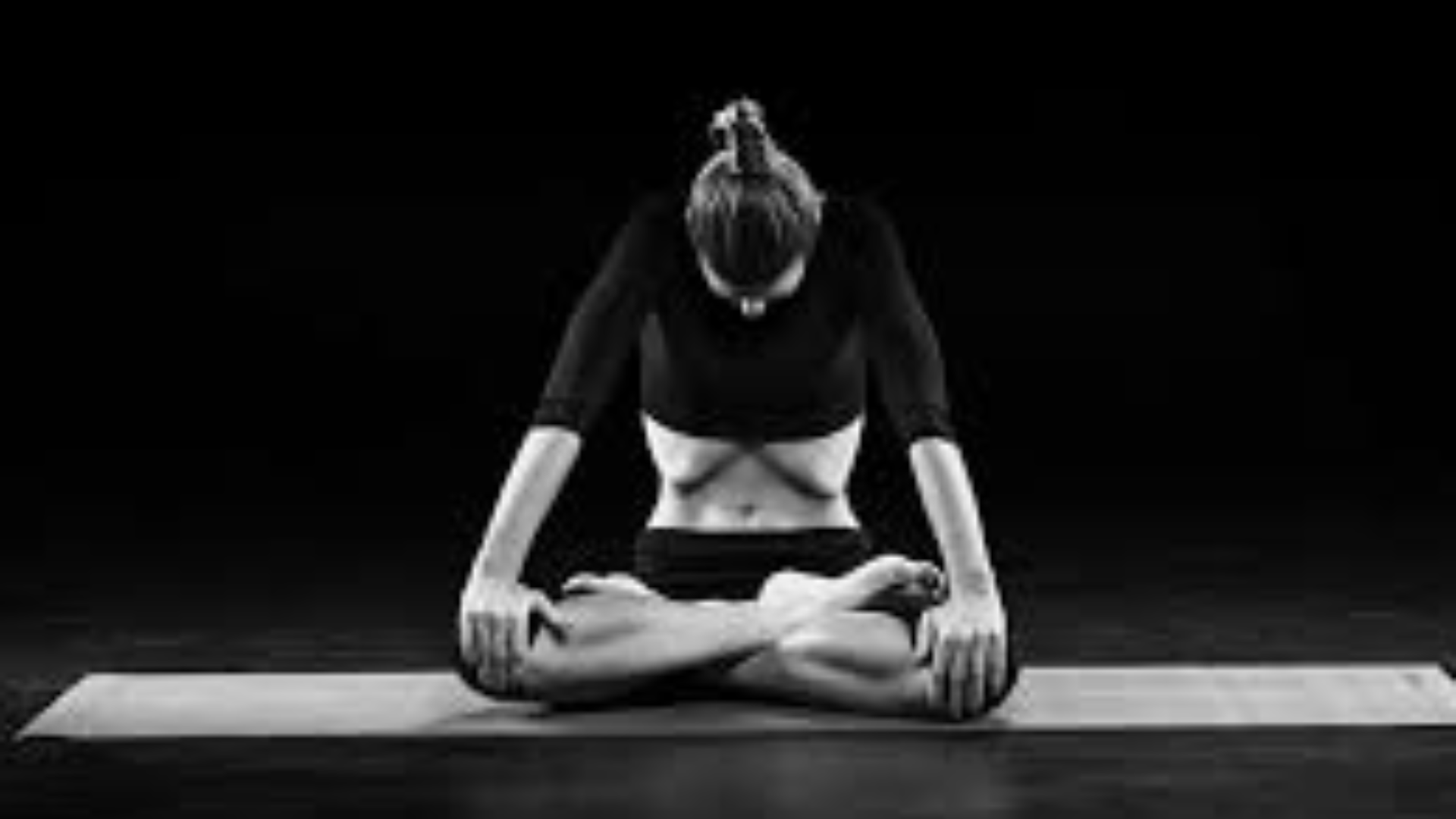
What is Maha Bandha Pranayama
Maha Bandha Pranayama literally translates as “The Great Lock.” It is a combination of three primary bandhas or locks:
Mula Bandha (Root Lock)
Uddiyana Bandha (Abdominal Lock)
Jalandhara Bandha (Throat Lock)
These three locks work to alternate and reroute the flow of prana or life force in one’s body, making it possible to enter a higher state of alertness and inner serenity. Through this pranayama, the person is able to truly feel deep mental and energetic management and even spiritual awareness.
How to Practice Maha Bandha Pranayama
Set Your Body and Mind
Sit in a Comfortable Position:
You can choose to sit in Padmasana (Lotus Pose) or Sukhasana (Easy Pose). Keep your spine straight, relax your shoulders, and place your hands on your knees.
Focus on Your Breath:
Begin by taking a few deep breaths to calm your mind and center yourself. Slow down your inhalation and exhalation.
Engage the Mula Bandha (Root Lock)
Inhale Deeply
and as you exhale, contract the muscles of the perineum and pelvic floor, drawing the energy upwards.
Hold the contraction
while keeping your breath calm. This is Mula Bandha, and it helps direct energy from the lower chakras upward.
Engage Uddiyana Bandha (Abdominal Lock)
Exhale Fully and hold your breath out.
Draw your navil
into your lower back and up toward your rib cage, so that your abdomen is relatively empty. This bandha contracts the solar plexus and creates digestive fire.
Hold the bandha, Mula Bandha
Apply Jalandhara Bandha (Throat Lock)
Chin tuck:
Tuck your chin down toward your chest, so you have the slight inward pressure on your throat.
Hold this position
while you maintain the two bandhas: Mula and Uddiyana.
Conclusion and Flow
Grip all three locks (Maha Bandha) as long as you feel that you can hold the breath inside.
When you are ready to release
let go first from Jalandhara Bandha, then Uddiyana Bandha, and finally Mula Bandha.
Slow, deep, easy breathing
allowing your body to return to its own natural rhythm of respiration.
Rest and Repeat
After each round of Maha Bandha, pause for a moment and feel your body.
You could repeat this pranayama 3-5 times for as many as you could manage.
Benefits of Maha Bandha Pranayama
Increases the flow and balance of energy
Locking and rebalancing pranic flow, Maha Bandha ensures maximum dispersal of energy all over your body, thus intensifying physical strength as well as mental clarity. It has the special value of balancing the chakras.
Enhances Focus and Psychic Acuity
It increases concentration, and the control of breath and energy brings about mental clarity. It is something that, with time, improves the ability to meditate deeply, making it easier to silence the mind in order to tune into a higher level of awareness.
Encourages Deep Relaxation
Even though this practice is through heavy concentration and breath-holding, paradoxically it induces a deep relaxation state. Your nervous system relaxes, hence cutting down on anxiety and stress levels.
Boosts Digestion and Detoxification
The practice of Uddiyana Bandha stimulates the digestive organs, thereby allowing for better digestion of toxins by purifying the blood flowing to the organs.
Maintains Hormonal Level
Maha Bandha stimulates the endocrine system, especially the pineal, pituitary, and thyroid glands. This balances hormones, promotes better sleep, and enhances one’s overall well-being.
Awakens Kundalini Energy
If you’re looking to seek spiritual growth, Maha Bandha can wake up the dormant Kundalini energy found at the base of the spine. This results in the experience of deep spiritual experiences and higher states of consciousness.
It’s Here Pranav Pranayama How to Do It And What Are The Benefits
FAQs
1. How many times a day should I practice Maha Bandha?
Start by practicing it 3-5 times per session and gradually increase as you feel comfortable with it.
2. Can I do the Maha Bandha on an empty stomach?
Yes, it is best done on an empty stomach. Lightheadedness and discomfort can be experienced especially when applying Uddiyana Bandha.
3. What if I feel lightheaded while I am practicing?
If you feel faint or dizzy, discontinue the practice at once, rest and resume deep breathing. Never push yourself to continue practice, especially if you are a beginner with pranayama.
4. How long should I hold my breath in Maha Bandha?
As long as you can conveniently hold it. Never force your breathing to a very long duration of holding the breath. With time, you will be able to manage holding your breath naturally.

